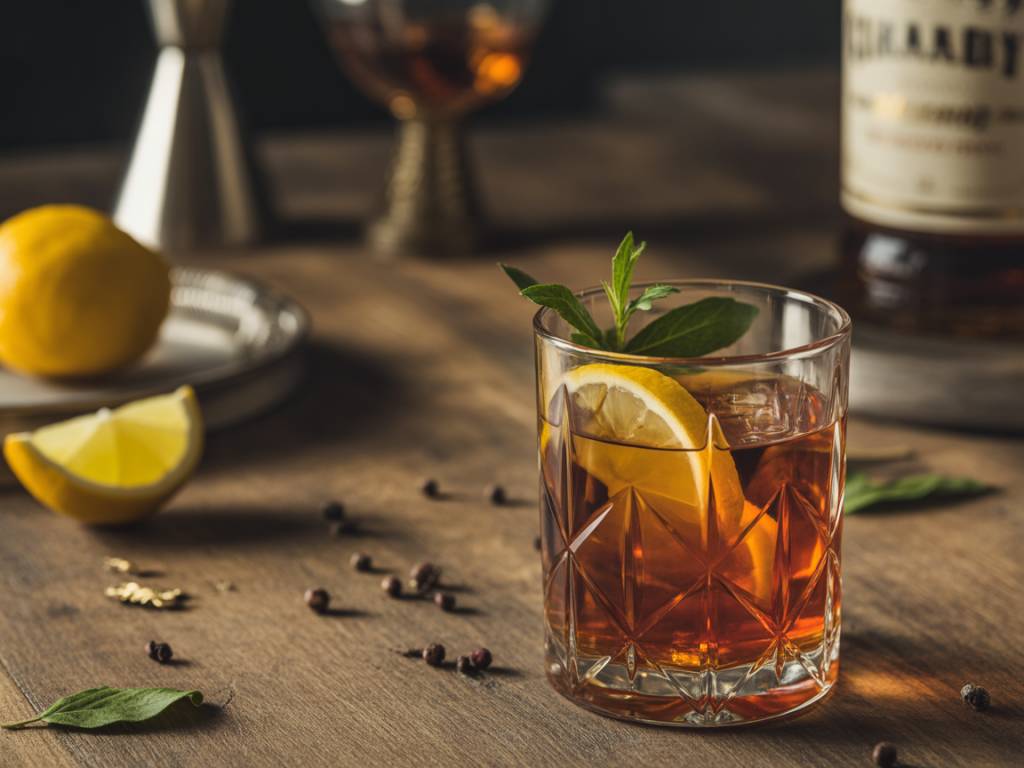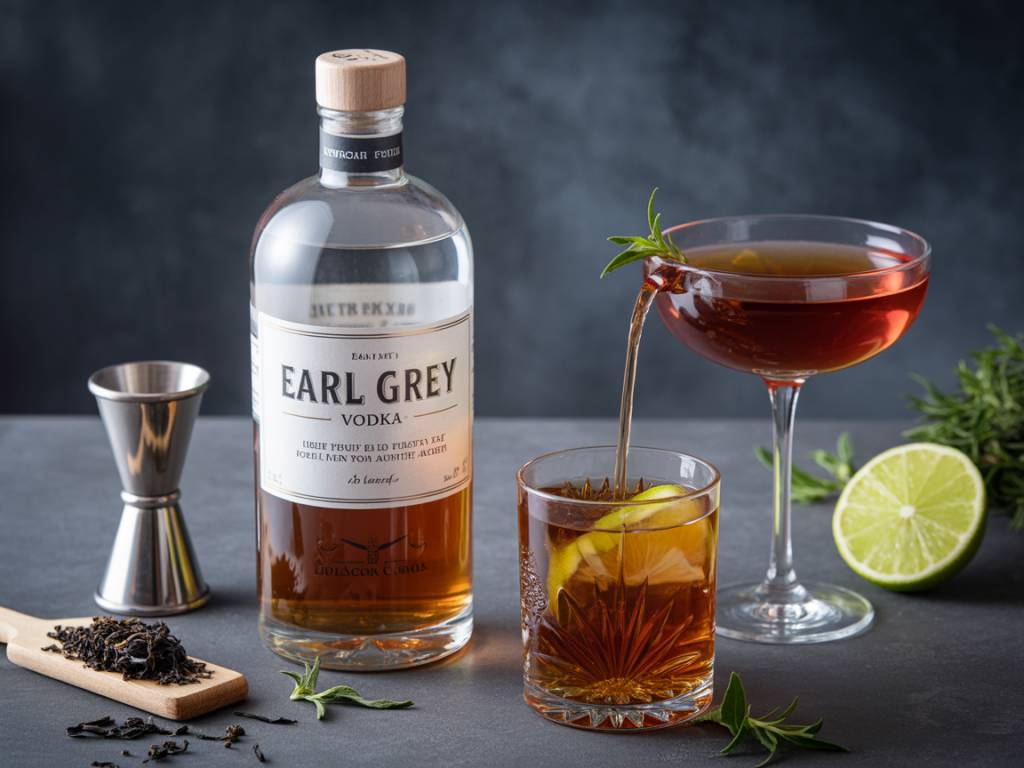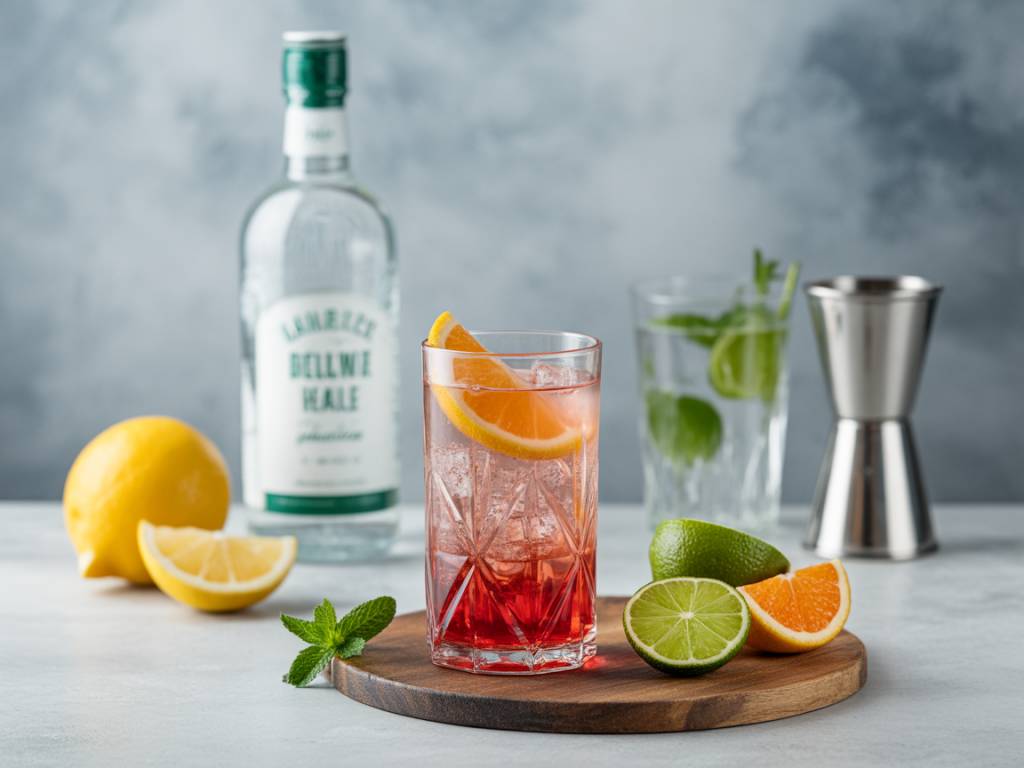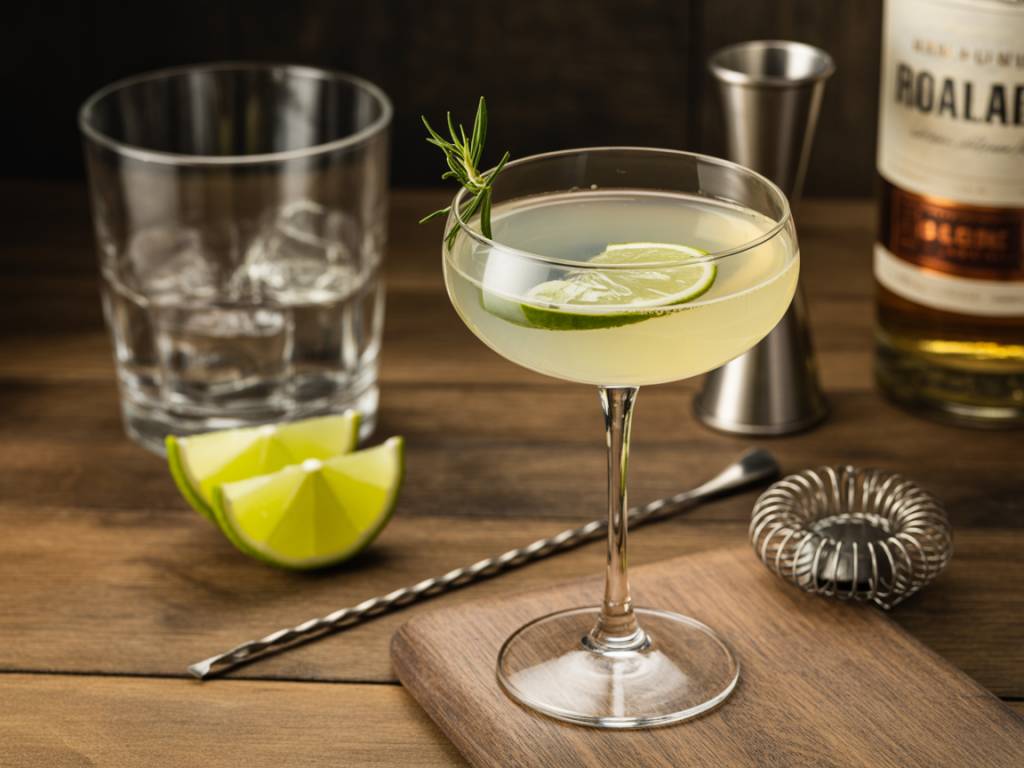Brandy vs. Schnapps: Two Spirits, Two Stories in Your Glass
If you’ve ever scanned a cocktail recipe, paused, and wondered, “Wait, can I swap brandy with schnapps?”—you’re not alone. On paper, they’re both fruit-based spirits. In your glass? The similarities end fast. As someone who spent more nights behind the bar than at home for over a decade, I can tell you: these two might share origins, but they don’t play the same role in cocktails.
Let’s break it down: what sets brandy and schnapps apart, where they shine best, and what that means when you’re mixing drinks at home or behind the stick.
What Is Brandy, Really?
Brandy is distilled wine. Simple as that. Grape is the usual base—think Cognac or Armagnac from France—but some brandies are made from apples (like Calvados) or other fruits. The key here is maturation. Most brandies are aged in oak barrels, giving them a smooth, rich profile with notes of vanilla, spice, and dried fruits.
In terms of ABV, you’re usually looking at 35–60%. And because it’s aged, it behaves like whiskey in a cocktail—structured, mellow, and full of nuance. You’ll taste where it’s been.
And Schnapps?
Now, schnapps is a trickier beast because the label’s a bit… loose. In Europe, especially Germany, “schnaps” refers to a clear, unaged fruit brandy, typically dry and potent, made from fermented fruit mash. Think of it like fruit moonshine—straightforward and robust.
In the U.S., however, schnapps usually means a sweet, flavored liqueur. We’re talking peach schnapps, peppermint schnapps, butterscotch—you get the idea. These are lower proof (usually around 15–25%) and loaded with sugar and artificial flavors. Great for dessert-style drinks or shooters, but miles apart from the original European stuff.
So when someone asks if they can use schnapps instead of brandy, my answer is always: “What kind of schnapps are we talkin’ here?” Because the difference can completely flip a cocktail on its head.
Core Differences at a Glance
- Base Ingredient: Brandy = fermented fruit juice (usually grapes), Schnapps = fermented fruit (EU) or flavored spirit (US)
- Taste Profile: Brandy = warm, smooth, complex; Schnapps = sweet and fruity (US) or dry and sharp (EU)
- Alcohol Content: Brandy = typically 35–60%; Schnapps = 15–30% (for liqueurs), higher for European styles
- Usage in Cocktails: Brandy = base spirit; Schnapps = modifier or flavor accent
So, Can I Swap One for the Other?
Short answer: rarely. Brandy is a base spirit—it carries the drink. Replace it with schnapps, especially the sweet American type, and you’re cutting out the cocktail’s backbone. The balance will be completely off. Imagine swapping bourbon for peach schnapps in a Boulevardier. Chaos. Delicious chaos, maybe, but chaos nonetheless.
If the brandy is used in small quantities—say, a float or a drizzle—maybe you can cheat with a European schnapps that has a drier profile. But for full-on substitutions? Better to choose a different cocktail altogether that’s meant for schnapps. Respect the role each spirit plays.
Classic Brandy Cocktails Worth Knowing
There’s a reason brandy has been a staple behind the bar for centuries. It co-stars or leads in some wonderfully balanced and time-tested recipes.
- Sidecar: Brandy, orange liqueur, lemon juice. Clean, citrusy, refined. A great intro to using brandy in cocktails.
- Brandy Alexander: Brandy, crème de cacao, cream. Decadent. A dessert in a coupe glass.
- Vieux Carré: A New Orleans classic—brandy, rye whiskey, sweet vermouth, Bénédictine, and bitters. Complex and potent.
- Wisconsin Old Fashioned: This regional twist uses brandy instead of whiskey. It’s sweet, muddled, approachable—and surprisingly effective at converting brandy skeptics.
Each cocktail showcases brandy’s warm profile and its ability to mellow out tart, bitter, or spicy additions. It’s versatile, but always mature without being moody.
Fun with Schnapps: When Flavored Liqueur Makes Sense
Let’s not bash schnapps, though. It has its place—mainly in fun, fruity, nostalgia-rich cocktails. During winter shifts, I’d crank out peppermint schnapps Hot Chocolates by the dozens. When summer rolled around? Peach schnapps became king during bachelorette weekends. Don’t underestimate its charm in the right setting.
- Fuzzy Navel: Peach schnapps and orange juice. Easy, juicy, unpretentious.
- Sex on the Beach: Vodka, peach schnapps, cranberry and orange juice. A beach bar classic. Don’t knock it until it’s served icy cold.
- Appletini: Vodka and sour apple schnapps. Neon green. Full of 2000s energy. Surprisingly sippable when done right.
- Hot Chocolate & Schnapps: Whether it’s peppermint or butterscotch, schnapps in hot cocoa is a winter cheat code.
Bottom line: schnapps = fun and festive; brandy = refined and flavorful. Both have cocktail potential—you just have to know when (and how) to use them.
Behind the Bar: Anecdotes & Advice
I remember a regular who once asked for a Brandy Alexander but asked if we could “make it spicy.” I offered to sub in cinnamon schnapps—which technically fit the spicy bill—but it turned into a boozy milkshake gone rogue. She loved it, but clearly it wasn’t a Brandy Alexander anymore. Moral of the story? Tweaking classics is okay, but know what you’re starting from.
If you’re experimenting at home, test swaps in small batches. One ounce at a time. That way, if it goes sideways, you’re not wasting good booze. And always adjust for sweetness—schnapps (especially American styles) are sugar bombs. You don’t need to add simple syrup or any other sweeteners if schnapps is in the mix. Mischief managed.
When to Use Each in Cocktail Creation
Still unsure where to lean? Here’s a cheat sheet for cocktail crafting:
- Use Brandy When: You want complexity. Think stirred-down cocktails, anything using citrus and a spirit backbone, or whenever you’d use bourbon or rum as a base and want something smoother.
- Use Schnapps When: You’re building something colorful, fun, or indulgent. Great for adding a pop of flavor—not for building structure.
Mixologist’s Takeaway
Trying to compare brandy and schnapps head-to-head is like comparing opera and karaoke. Same universe, wildly different vibes. But that’s the beauty of the backbar—every bottle has its own role, its own energy. As long as you know what you’re pouring, and why, you’re halfway to a great cocktail.
So next time you’re flipping through recipes and wondering, “Can I use schnapps instead of brandy here?”—pause. Smell the bottle. Taste it. Ask yourself: “Is this going to elevate the drink, or hijack it?” Your cocktail will thank you either way.
Cheers,
Jack





